With easy access, unique and eye-catching wildlife and astonishing scenery, Hokkaido is becoming internationally renowned as a top photography destination. From weddings to wildlife, portraits to panoramas, you’ll find all manner of professionals carving a name out for themselves here!
A Local’s Guide to Photography in Hokkaido
Activity Guide
By Hattie

Yet, Hokkaido offers its own set of challenges for all genres of photography. Although far from a professional, I myself am a keen enthusiast and I spend a lot of my free time with my camera in hand. I have also had the privilege of meeting and talking to some of Hokkaido’s most well-respected photographers. Such fountains of knowledge do tend to rub off on you. So today, I would like to share my tips on wildlife photography in Hokkaido!
What to prepare #
Lenses
Perhaps our most commonly-asked question is, “What focal length should I bring?”
The answer is, whatever you usually feel most comfortable shooting with! If you are used to photographing landscapes with a wide-angle zoom lens, then that will serve you well here in Hokkaido too. I tend to favour a more panoramic style so I like to use a 24mm - 120mm zoom for most of my landscape photography, but many other photographers I know often rely on lenses of 70mm - 300mm, either zoom or prime, to capture details further away. If you’re planning on doing some astrophotography while in Hokkaido, then you may wish to bring a wide-angle zoom or prime with you, just in case. You’re also going to want at least an F stop of at least 2.8 to best capture the details of Hokkaido’s night sky.

Things can be a bit more complicated for wildlife photographers as your subject may be much further away or, sometimes, closer than you’d think. I find a focal length of at least 400mm, either fixed or prime, does the job just fine for wildlife you have no choice but to keep a healthy distance from, such as bears or whales. It’s also a great focal length for the Steller’s Sea Eagles in winter. For some wildlife, such as the swans at Lake Kussharo or the Red-crowned cranes of Tsurui, you can get away with much shorter focal lengths on account of the animals’ proximity - I have got plenty of good shots of these lovely birds with focal lengths of less than 100mm.

There are of course other genres that necessitate the use of other lenses - flower or insect photographers may wish to bring along macro lenses while street or portrait photographers require another variety again. Regardless of your preferred subject - go with your gut! If you have two or three core lenses that you usually rely on for your photography at home, chances are that they will do an equally fine job here in Hokkaido.
Batteries & SD Cards
As every photographer knows, there’s nothing worse than batteries cutting out or SD cards filling up in the middle of a trip! Luckily, SD cards are commonly sold at Hokkaido’s convenience stores, so if you find that the cards you have brought with you are filling up, it’s quite easy to find more.

What you won’t find are more unusual storage cards (XQD cards, for example). If your camera does not take SD cards, you will want to stock up on whatever storage medium it is that your camera uses and make sure you bring them with you. Alternatively, bring a card reader and a laptop with you so that you can empty storage cards on the go.
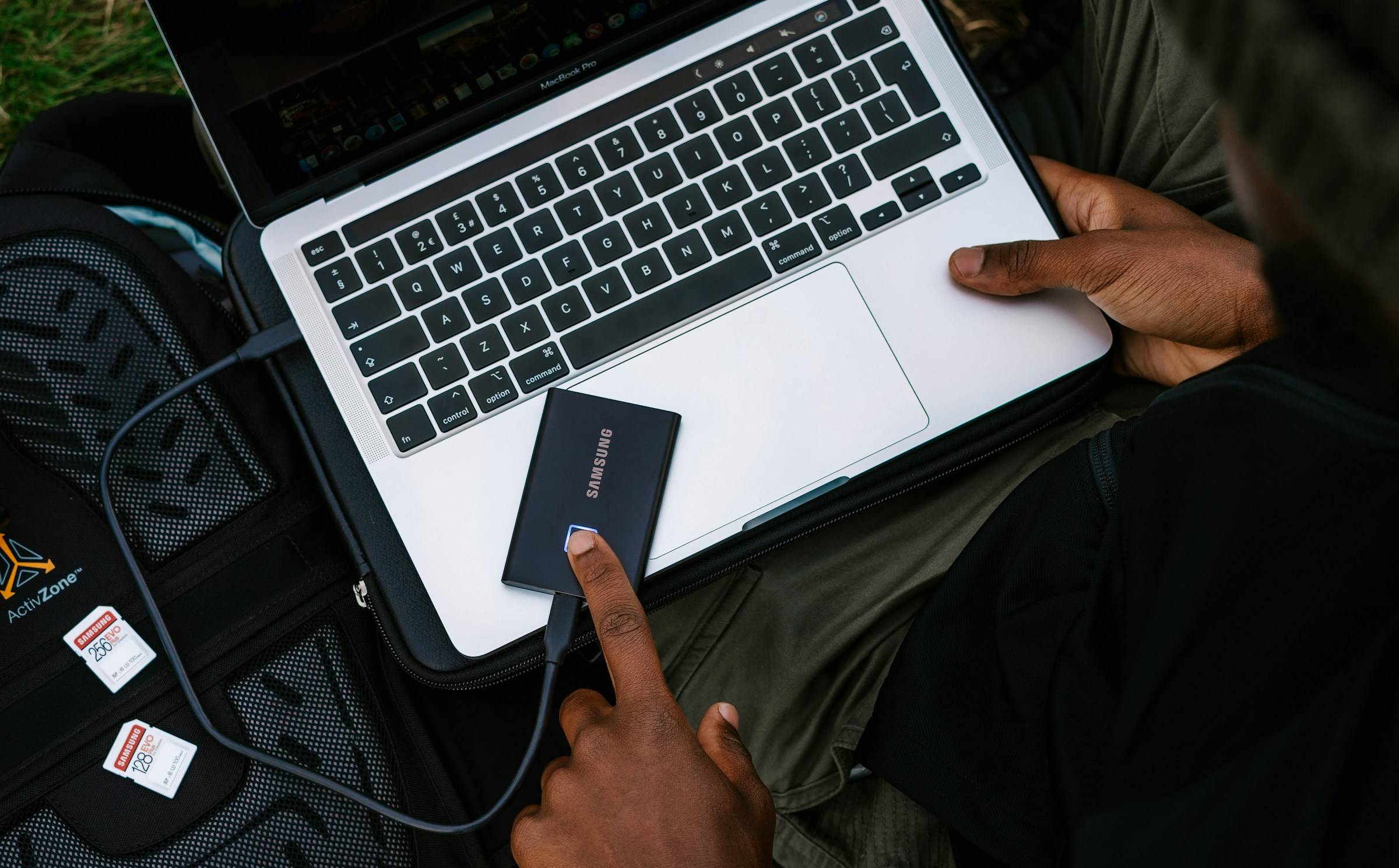
Batteries, too, are unfortunately hard to purchase outside of large electronics stores in Sapporo. It’s a good idea to have at least one spare, fully-charged battery on you for full days photographing in Hokkaido, and it is absolutely essential for those with mirrorless cameras and photographers visiting during winter. Extremely cold temperatures can cause the electrolytes inside lithium ion batteries to move much more slowly, making them much less efficient. You may very well find that your camera’s battery power depletes much faster than you are expecting in Hokkaido’s frigid winter months - so keep a spare on you at all times!
To tripod or not to tripod?
While a tripod is often touted as an essential for the modern travelling photographer, you may find that it’s more of a burden than a boon in Hokkaido.
First of all it is, of course, a very heavy piece of equipment and one more thing to cart around in addition to heavy lenses and camera bodies! This is especially challenging when you are not travelling by rental car, as it can be hard to find storage space for it on buses or trains.

For my own part, I find I seldom need to rely on a tripod when I’m photographing landscapes or wildlife in Hokkaido. Much of my landscape work is done during the early morning or late afternoon when the conditions are still light enough to merit handheld photography and a boosted ISO. I find that tripods just get in my way when I’m trying to photograph Hokkaido’s animals, too - especially fast-moving ones like birds or squirrels.
Keep in mind also that some facilities, attractions and hiking or walking trails in Hokkaido’s national parks do not allow the use of tripods. Popular nature cruises that allow you to get up close to eagles, whales and bears, for example, will not allow tripods on board due to safety concerns and vessel weight limitations. Some hiking trails often do not allow the use of tripods on account of the nuisance they can cause to other hikers.
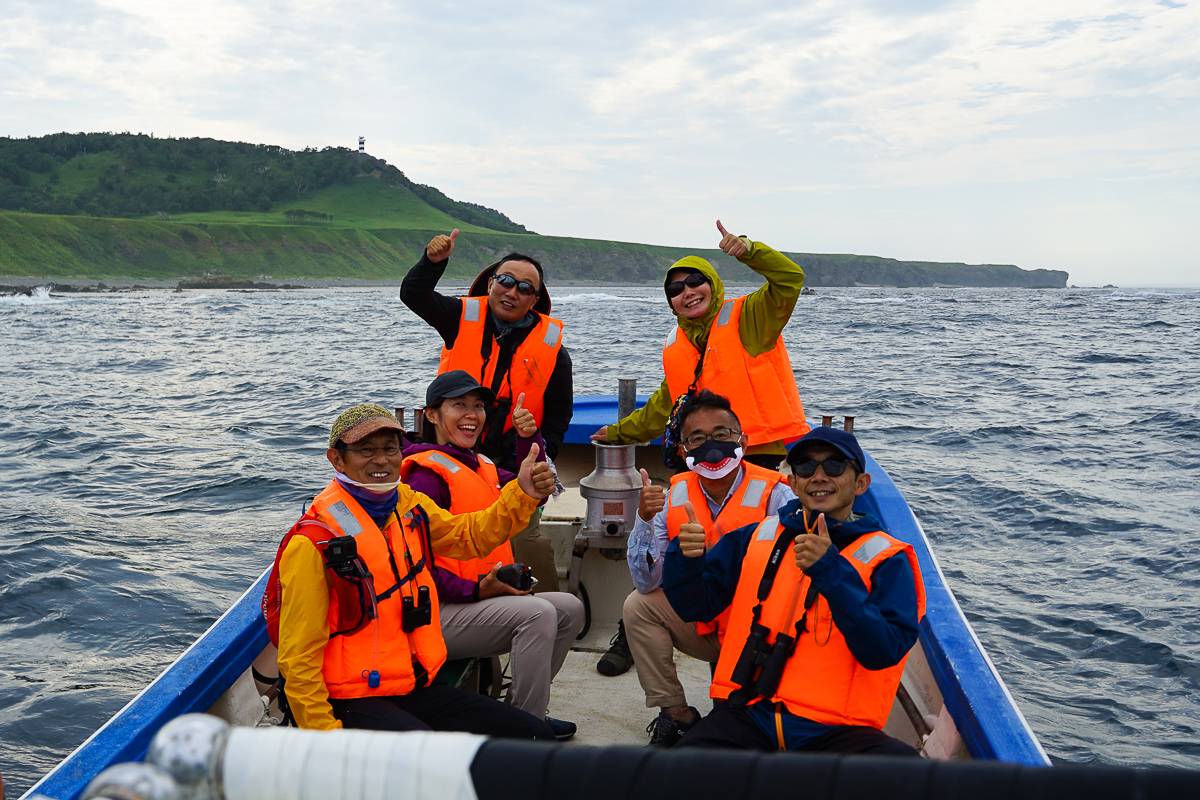
Given that suitcase space is always limited when travelling, I would say that on balance, my recommendation is to leave the tripod at home, unless your personal style necessitates its use.
Other shutterbug stuff
There are, of course, the other essentials - camera bag, lens blowers and wipes, filters if you need them and so on. But aside from the obvious, below are a few other gear items that I’ve found have come in handy over the years or that I have seen fellow photographers using in Hokkaido. While none of these are essential, you may find them useful, too.
- Laptop and SD card readers. I touched on this above, but it's useful to have these with you if you have the luggage space for them. Not only will they allow you to edit and touch up your amazing shots on the go, they can serve as a means to clear out SD cards and prevent you from running out of storage space at inopportune times!
- Camera shoulder holsters. This seems to be a favourite among photographers in Hokkaido who also enjoy mountain hiking! The holster clips to the strap of a backpack or can be affixed directly to your clothes, holding your camera in place for easy access. This probably isn’t a good idea for big, heavy lenses or cameras with battery grips attached, nor is it necessary if you’re not heading onto hiking trails. If you are planning on doing so, however, it is a pretty nifty tool when coupled with a lightweight camera and a small, lightweight lens.
- Rain cover. While a good number of modern cameras are weather-sealed, not all of them are. If yours is not, a rain cover is a good idea regardless of whether you are coming in summer or winter.
- Film. If you are a film photographer, it’s a good idea to bring several undeveloped reels with you. However, note that X-ray machines at airports can damage some types of film! Security at Japanese airports is pretty tight and they are unlikely to allow a visual inspection of the reel and will insist it goes either into your checked luggage or hand luggage. If you are concerned, opt for film of ISO 800 or lower - these slower types of film are less prone to damage by X-ray machines..
What to wear #
As with any visit to Hokkaido, you will need to make sure you’re dressed for the occasion - especially if you’re coming in our frigid winter months! In the below sections, I’ll share some tips on what to wear. Keep in mind that this list just applies to the average photographer, but everyone is different. If you are less sensitive to the cold or the heat when out shooting, feel free to tailor the below advice as needed!
Winter Season

We covered how to dress for winter in another blog. I highly recommend that you give it a read as much of the advice there also applies to dressing for winter photography in Hokkaido.
The key point in the above blog for photographers is that you won’t be doing much moving around. When you’re not moving, Hokkaido’s cold bites incredibly quickly… I know from experience! As such, a thicker, warmer coat with lots of puffy synthetic fabrics or down is necessary for photographers. It will create an insulating layer between you and the elements, keeping your core nice and warm as you snap away. Ski pants or other insulated pants will do a great job at keeping your legs warm. As mentioned in the blog, while I usually stick with thermals on my top and keep my legs thermals-free, I do tend to wear a pair of thermal tights when photographing in the winter on account of the fact that I’m not moving around very much.

More of a concern will be your extremities - in particular, fingers and toes! Your feet likely won’t feel all that cold inside your snow boots as you walk around in Hokkaido’s winter. However, when you are stood on the same icy patch of ground trying to photograph a sunrise or a Red-crowned crane, the cold travels into your feet pretty quickly. Insulated socks are a must and double-up if you need to!
Next, gloves. I know. The bane of a winter photographer’s life! Dexterity is needed to fiddle with so many camera dials and many camera LCD screens are touch-operated, these days - so it’s easy to feel like thick, insulated gloves may get in the way and to stick with just a thin pair of shell gloves with touch-pad fingertips. Trust me when I say this will not be enough! During pre-dawn winter photography shoots in Hokkaido, temperatures can and do approach -30C. The body of your camera will be freezing to the touch in addition to the cold air all around you and it won’t be long before the shell gloves fail and you’re shoving your numb hands under your armpits - or worse, retreating to the shelter of a heated vehicle and missing out on an amazing shot! Fingerless gloves, even those designed for photographers with removable finger caps, are also not my recommendation - I find Hokkaido’s frigid wind still has a way of getting into the gaps and melted snow can find its way inside, too.

Something that works for me is to wear thermal shell gloves underneath insulated ski gloves. The ski gloves will keep my hands nice and warm while I’m just pressing the shutter button, but I can easily take it off when I need a little more dexterity to adjust some camera settings. The shell glove provides a temporary barrier to the elements, keeping my fingers a little warmer than they would be otherwise.
Still, I won’t lie - it is somewhat inevitable that your fingers are going to feel chilly during winter photography in Hokkaido… so invest in some hand warmers to shove into your coat pockets! You can also find some that can be stuck to the underside of your socks to keep your feet warm.

Finally, a word of caution to wildlife photographers. In your choice of warm layers, be mindful of the fact that wild animals can be particularly sensitive to colour and sound. Large flapping or rustling winter coats in bright colours or bold patterns have the potential to alarm and scare away wildlife. Choose neutral colours if you can (khaki greens, cream, brown, black and so on) and if you do wish to go for colour, choose something in a muted or pastel shade that won’t alarm any creatures in your viewfinder. Avoid reds, oranges or yellows where possible.
Green Season

While the warmer months remove the need for you to pack bulky clothes in addition to your already heavy camera gear, you will still need to give some thought to what you wear while out photographing in Hokkaido.
One positive that the winter season has going for it over the green season is that the light makes for suitable conditions all day long, whether it’s cloudy or sunny. Hokkaido’s sunlight in summer, on the other hand, is incredibly harsh which makes the best times of day for photography either the very early morning or late afternoon into the evening. However, since you’ve come all the way to enjoy this photography playground it’s understandable that you’ll want to make the most of daylight hours! If that’s the case, you will need sun protection. Despite its chilly image, Hokkaido is on the same latitude as the mediterranean - so as you can imagine, the sun is pretty fierce. There’s plenty of rouge-necked foreign photographers wandering around Hokkaido as a result of underestimating the UV rays here… don’t be one of them! Wear a hat that covers your face and the back of your neck and apply sunscreen for good measure. Although you’ll of course want to take them off while looking through the viewfinder, sunglasses are very helpful for getting a good look at your subject on bright, sunny days, especially where wildlife is concerned.

In spring and autumn, and even some days in summer, temperatures can dip during the morning and evening and also when you’re caught up in showers. Hokkaido’s weather is pretty changeable on the whole so a light rain jacket is a useful thing to have in your pack, as well as a warm fleece or jacket to pull on if you start to feel chilly. Biting insects can also be a nuisance in the late afternoons and evenings, especially on spring and summer days, so it’s advisable to wear lightweight tops and trousers that will cover your arms and legs to keep annoying mini-beasts at bay. Long sleeves and trousers also have the added benefit of keeping the sun off your limbs!
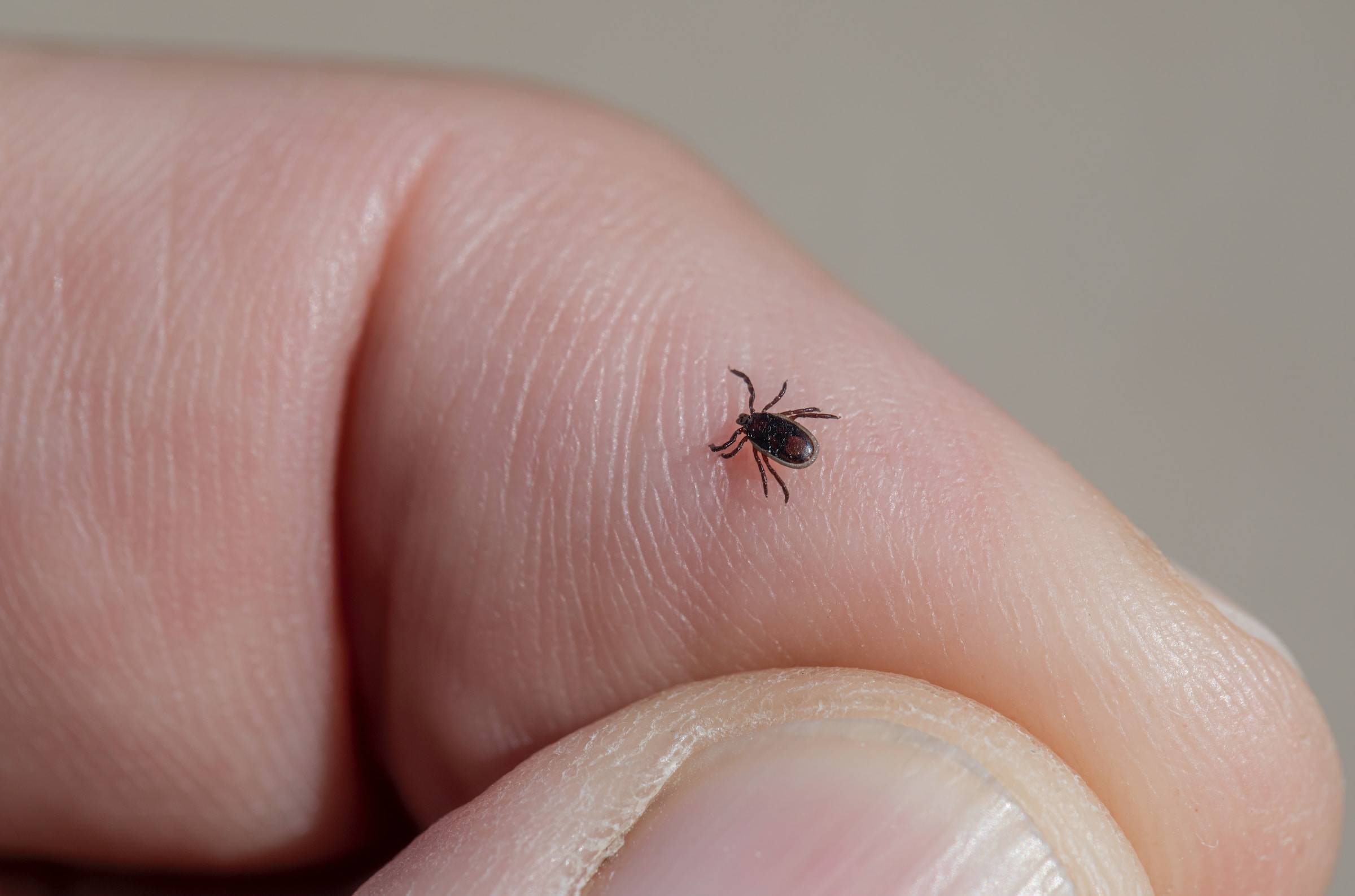
Finally, as with the winter season, it’s important to avoid bright colours and patterns if wildlife is your subject. Especially on rainy days, you’ll want to make sure you have a layer that doesn’t get caught easily by the wind and make you appear like some large, menacing bird! Rain ponchos like the kind purchasable from supermarkets and convenience stores are something I see a lot of photographers wearing in Hokkaido and because they can be noisy and flappy, they very often frighten wildlife away. A light rain jacket that fits nicely against the body and some waterproof pants are great rainy day photography gear and muted colours that won’t alarm wildlife are best.
How to get around Hokkaido with camera gear #

It can be hard to get around Hokkaido with heavy and expensive camera gear in tow. Hopping on and off of public transport is just not realistic with hefty and expensive lenses in your luggage! In addition, many of the best places to observe Hokkaido’s wildlife are only accessible via car.
We therefore recommend that, if you are able to, you use a rental car for the duration of your wildlife photography in Hokkaido. It will give you flexibility and ample storage space, as well as a place to “hide” for shots that might require a little extra shelter, such as in cold weather or for wildlife that you may wish to keep a greater distance from.
If you cannot drive or are nervous about doing so on Hokkaido’s winter roads (understandable!) then consider joining a wildlife photography tour, like ours! All transportation will be taken care of, so you only need to worry about getting your camera ready to take some amazing wildlife shots.
Photography etiquette #
I am sure that everything in this last section will go without saying, but every photography location around the world is different and, as such, has different boundaries between what is and isn’t appropriate behaviour. When you visit Hokkaido for photography, please keep the below in mind. While some of these points are just to display courtesy, some of them are for your own safety!
Be kind and courteous
This first point may seem obvious, but it constantly astounds me how many bad-mannered photographers I encounter in Hokkaido, both Japanese and non-Japanese. However, just because others are being pushy doesn’t mean you should too - lead by example!

We all want to get a good shot but nobody likes to be that photographer getting in everyone else’s way or wedging themselves between other people… Or at least, I should hope not! Take a glance at the human situation before you start snapping away and try not to walk into or obstruct anybody else who was there before you - and definitely don’t push or shove! There are always other angles - and who knows? They might turn out to be better angles! If not however, the polite thing to do is to wait your turn or gently slide yourself into any small space available, usually after asking the people around you if they mind you joining them (to which the answer is usually, “Dozo,” or “Go ahead”).
In addition, always remember that not everybody is there for photography. Some people alongside you might simply be there just to enjoy wildlife for what it is and could be upset if your lens or tripod suddenly appears in their face! Those who are not there for wildlife photography will also likely move on quicker than you will, so let them have their time and go on their way before you set up your shot.
No trespassing!
It can be very tempting to creep past a fence or gate to get a slightly better angle of your subject… However, a better shot is not worth potential fines or even a risk to your life!
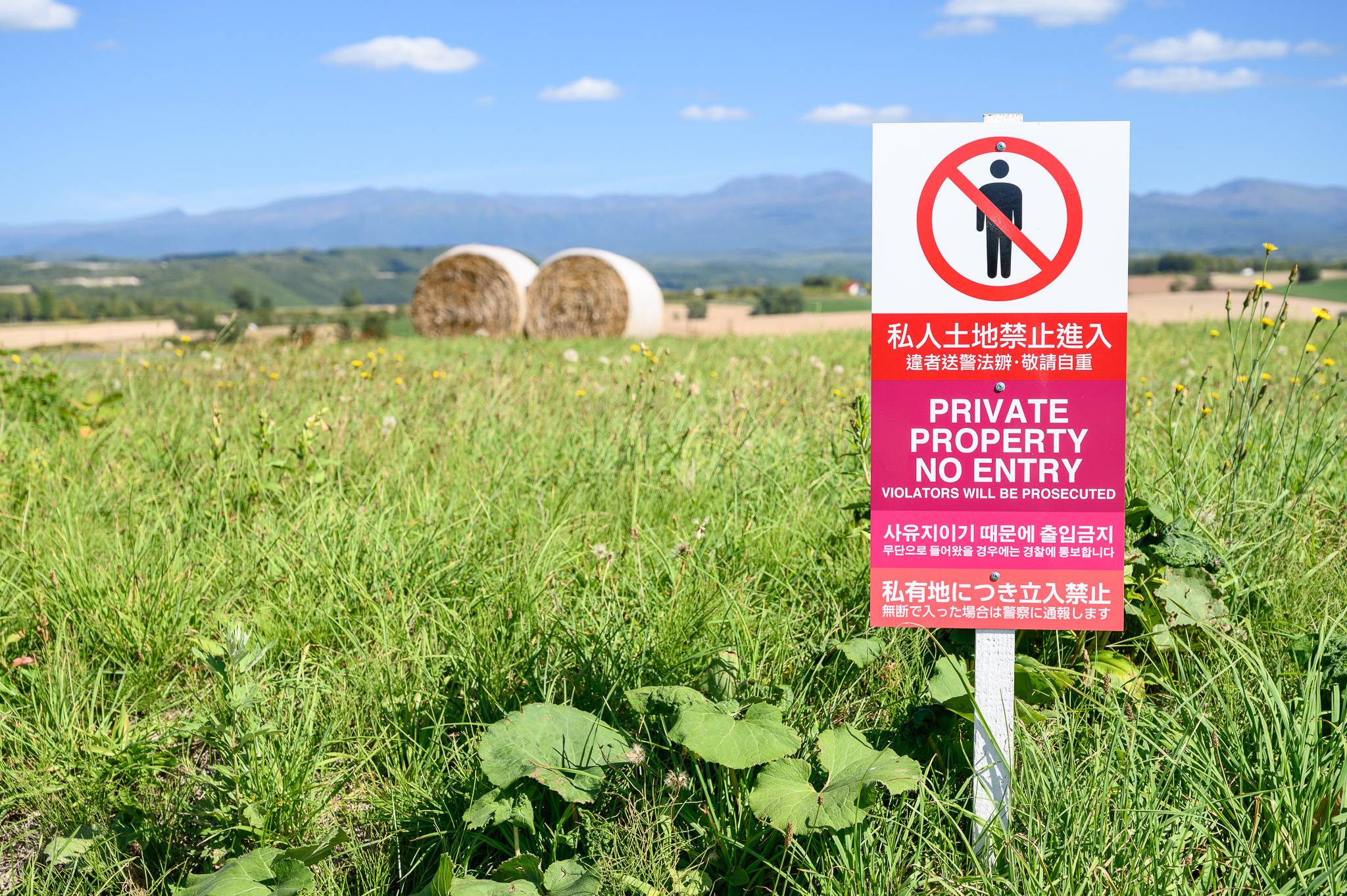
When visiting Hokkaido, you will likely see “Keep Out” signs like this in a lot of locations. In addition to denoting private land, sometimes these signs exist to protect you from danger. Electric fences, thin ice, agricultural chemicals, volcanic activity, hidden drops under the snow or livestock and wildlife that might turn aggressive if you get too close could all be within a few feet. Ignoring “Keep Out” signs could therefore put you in very real danger and, Hokkaido being as vast as it is, it would be a long wait before help arrives.
Hokkaido is also responsible for a lot of Japan’s food production and while you might think your shoes are clean, a microscope would probably beg to differ. There could be hundreds of harmful bacteria or parasites hitching a ride on the underside of your shoes that could decimate crops for generations to come if they were to enter the soil. Keep out signs are not a suggestion - they exist to protect the livelihood of Hokkaido’s hard-working farmers and, by extension, Japan’s food industry.
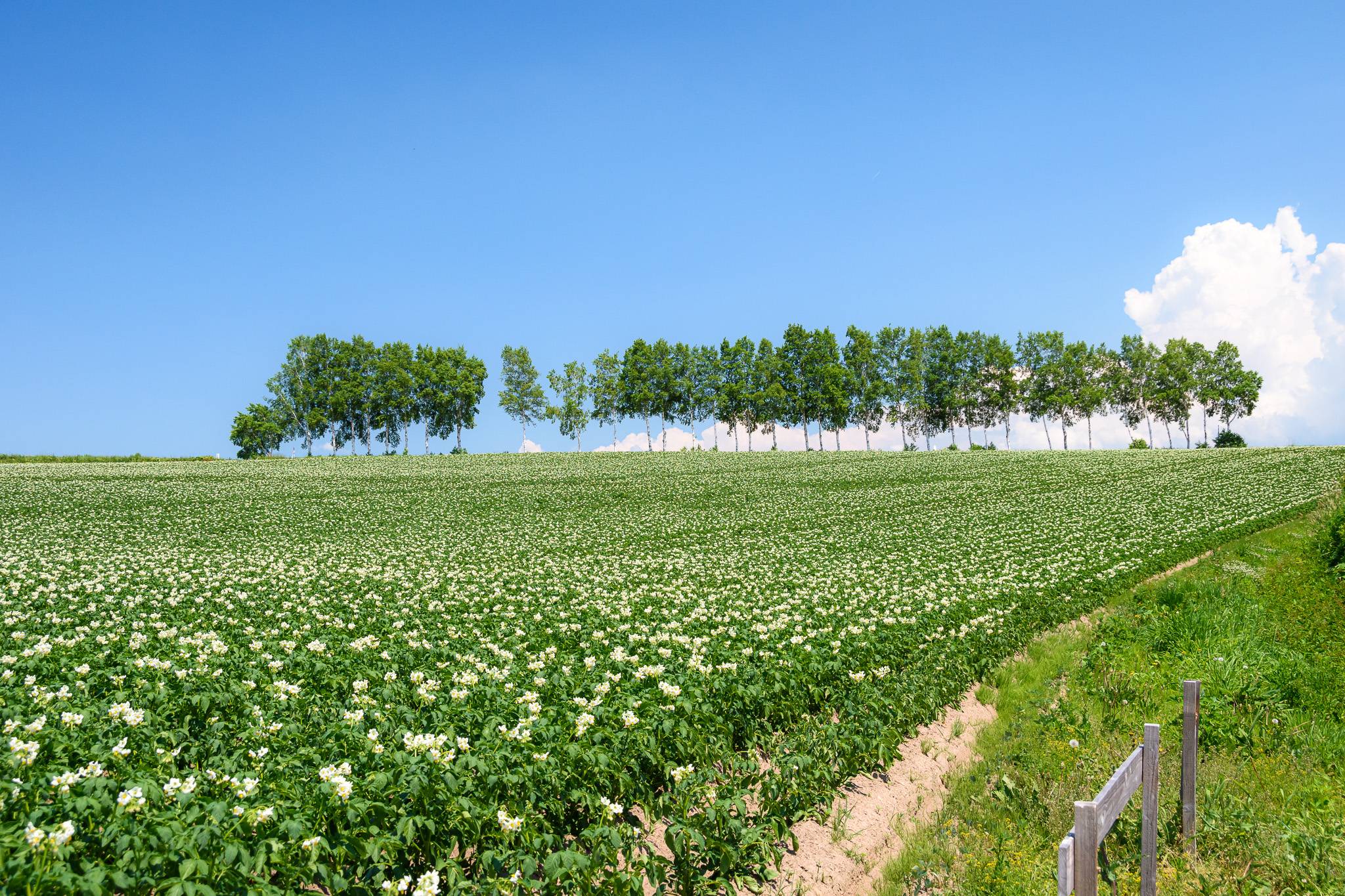
Even where there are no signs however, striding out into a field to get that perfect photo could put you on a path to some serious trouble. Unlike other parts of the world, it’s a common understanding in Hokkaido that land you don’t own is land that doesn’t belong to you, even if there’s nothing to denote that the land in question is private property. (You’re not alone in finding this confusing - even domestic Japanese photographers visiting Hokkaido from large urban areas are tripped up by this as they are so used to private property being walled off!) It’s therefore best to assume that all land that isn't obviously a public space is privately owned and to keep out.
If you are on private property without the landowner’s permission, you’ve fallen foul of Japanese laws and are trespassing - and if you are caught, local authorities are unlikely to accept “I didn’t know” as an excuse! So if you’re not sure if you’re allowed to go any further, it’s best to keep your feet firmly on public asphalt roads. If you think that you might have wandered onto private property by accident, make your way quickly and quietly back to the nearest public road.
Sadly at many popular spots, the number of people breaking this particular rule is overwhelming and authorities are struggling to manage access. It’s tempting to think you can get away with it if others are, but we respectfully ask you to be considerate and to avoid becoming part of the problem!
Stay aware of your surroundings
When you’re peeking through the viewfinder, it’s easy to become immersed in the moment and forget where you are. This can have potentially dangerous consequences when you’re photographing on roads where cars are passing by. Aside from the risk to yourself, you risk causing traffic jams or traffic accidents as vehicles try to get around you. Always be mindful of traffic when photographing on roads and try to stay at the very edges of the road if possible.
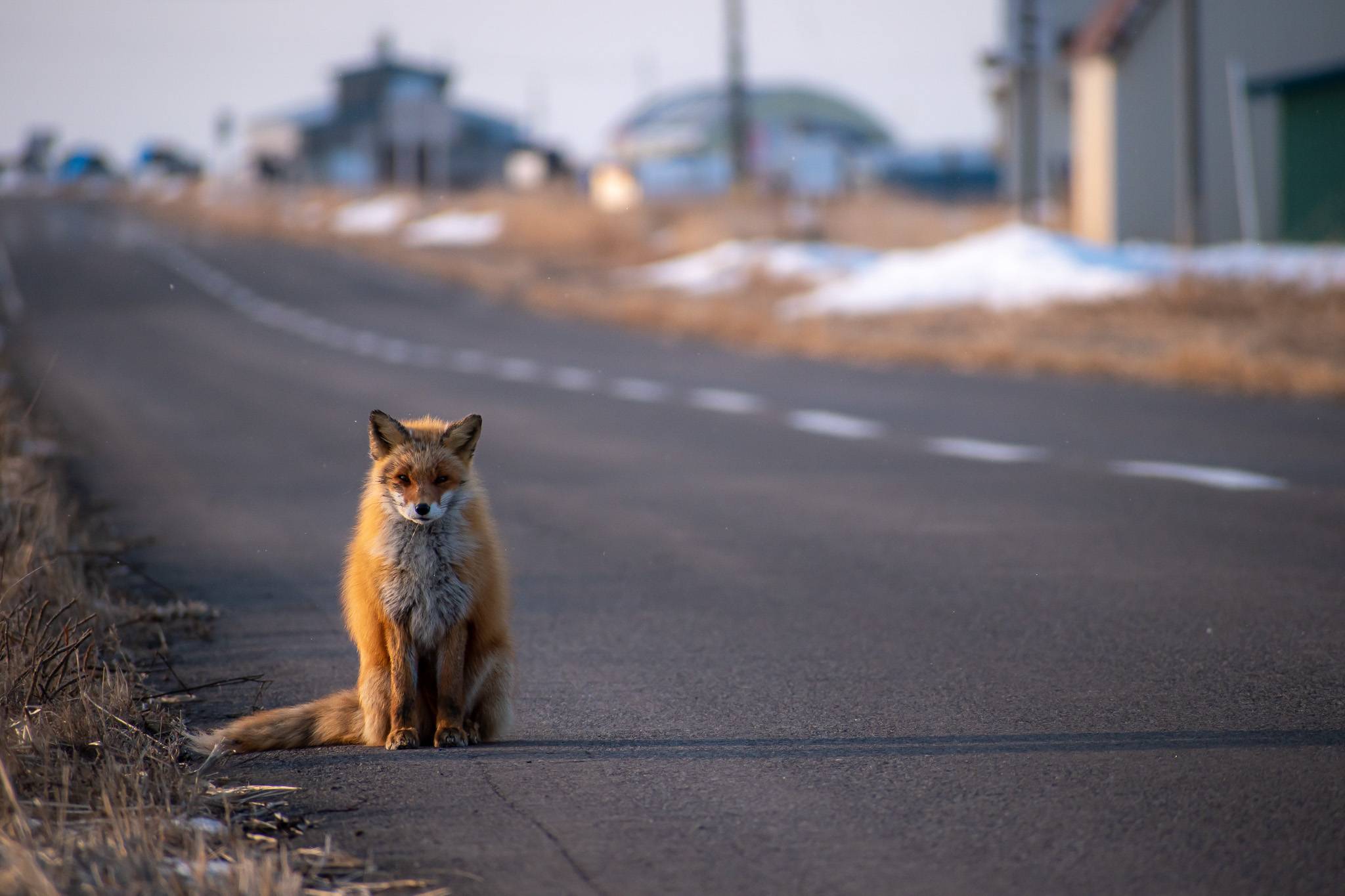
Similarly, don’t forget how long and heavy lenses can be! Many times a poor bystander has been clobbered in the head by a swinging telephoto lens… Be mindful of where your equipment is in relation to other people, whether it’s a long lens attached to your camera or a camera you’re carrying over your shoulder on a tripod. Keep your distance from others if you are able to. And don’t forget how easy it can be to not realise that someone has appeared at your elbow when you’re lost in the viewfinder!
Finally, the most important reminder of all… never forget that Hokkaido is bear country. I had a rather startling reality check on this point quite recently. One early autumn morning, I was consumed with photographing a misty sunrise when I got the strangest sensation that something was behind me. I looked over my shoulder and got the shock of my life when I noticed that there was a Brown Bear not 20m behind me!

Fortunately, the bear seemed in quite a hurry and not at all interested in me (though I can’t say the same for the sweetcorn field it was making a beeline for). The reality is that it is extremely unlikely that a bear is going to ambush you while you’re photographing but you always run the risk that you might surprise a bear creeping past by turning around suddenly or making a loud noise. Since this experience, I always take a glance over my shoulder now and again when I’m out photographing. Remember - bears are an apex predator and, as I now know from experience, if they don’t want you to hear them, you won’t.
Keep a safe distance from wildlife…

Rather than wildlife getting too close to photographers, a far more frequent problem that Hokkaido has been grappling with is just the opposite - photographers getting too close to wildlife.
I’m sure there’s no need for me to go into the risks of getting too close to a bear, but even innocent-looking wildlife can deliver quite a blow if they feel threatened. For example, deer won’t hesitate to fight humans with their antlers and hooves and Red-crowned Cranes have kicks powerful enough to break human limbs!
But despite all of this, you might be surprised to learn that it’s the seemingly-innocuous Red Fox that poses the most danger. Foxes here in Hokkaido are a host of the Echinococcus parasite, which we covered in our blog on water safety in Hokkaido. Suffice it to say that if this nasty worm gets into your body via a bite, scratch or even a lick from a fox, you’re going to have a bad time for years to come.

Try to keep as much distance from wildlife as you can. 30m is a good number to keep in mind for deer, foxes, cranes and other wildlife that could deal a hefty blow and make sure there is always at least 50m between you and a bear. A focal length of 400mm or even 300mm with some cropping will be more than enough to get a good shot at these distances
…And don’t feed the wildlife, either!
On the subject of keeping your distance, I’d like to next draw your attention to a rule that is ignored by Japanese and international photographers alike - please do not feed Hokkaido’s wildlife. This is a rule that may be hard to get your head around given that popular crane sanctuaries and wildlife cruises often feed Hokkaido's wintering birds. However, there is a difference between feeding wildlife its natural food to help sustain protected animals at a time when food is scarce vs. feeding wildlife human food to get a good picture.
Many photographers throw human food like bread, rice balls, ham and so on to foxes, bears and other wildlife to tempt them closer, but always remember that these are wild animals. Human food is a poor substitute for their natural diet. For example, the difference in the coats of foxes that catch their own food and those who subsist on scavenged scraps is like night and day. That beautiful rich red coat that you want to capture in your images is not grown on a diet of chocolate and biscuits!

Feeding wildlife of course carries all of the risks mentioned above but it also has an impact on local communities. These animals are neither pets nor zoo captives and they do not spend their lives around mankind. When they become emboldened to approach humans, their behaviour changes and they can become unpredictable. Associating humans with easy food, they lose their natural fear of us and purposefully enter human settlements, making a mess and causing a nuisance. Worse still, they can become aggressive when they don’t receive the snacks that they have come to expect. Sadly, the animal is often then labelled as a “problem animal” and has to be put down by local authorities - a tragic end, especially when you consider the animal was not really the problem at all.

While wanting to get a characterful shot of Hokkaido’s charming animals is understandable, that sense of achievement and satisfaction with a great shot is so much stronger when it’s of wildlife being… Well, wild! Once again, you can get some amazing shots of wildlife doing its natural thing at a distance with a focal length of 300mm - 400mm. No need to start hurling apple slices at confused deer!
What kind of photos can I take in Hokkaido? #
Well, a picture tells a thousand words, as they say... so rather than go into too much detail, I'll share a few of my own shots with you so that you can get an idea of what sorts of vistas and beasties you can look forward to here in Hokkaido. I'm not a professional by any means - still, I hope you will enjoy them!
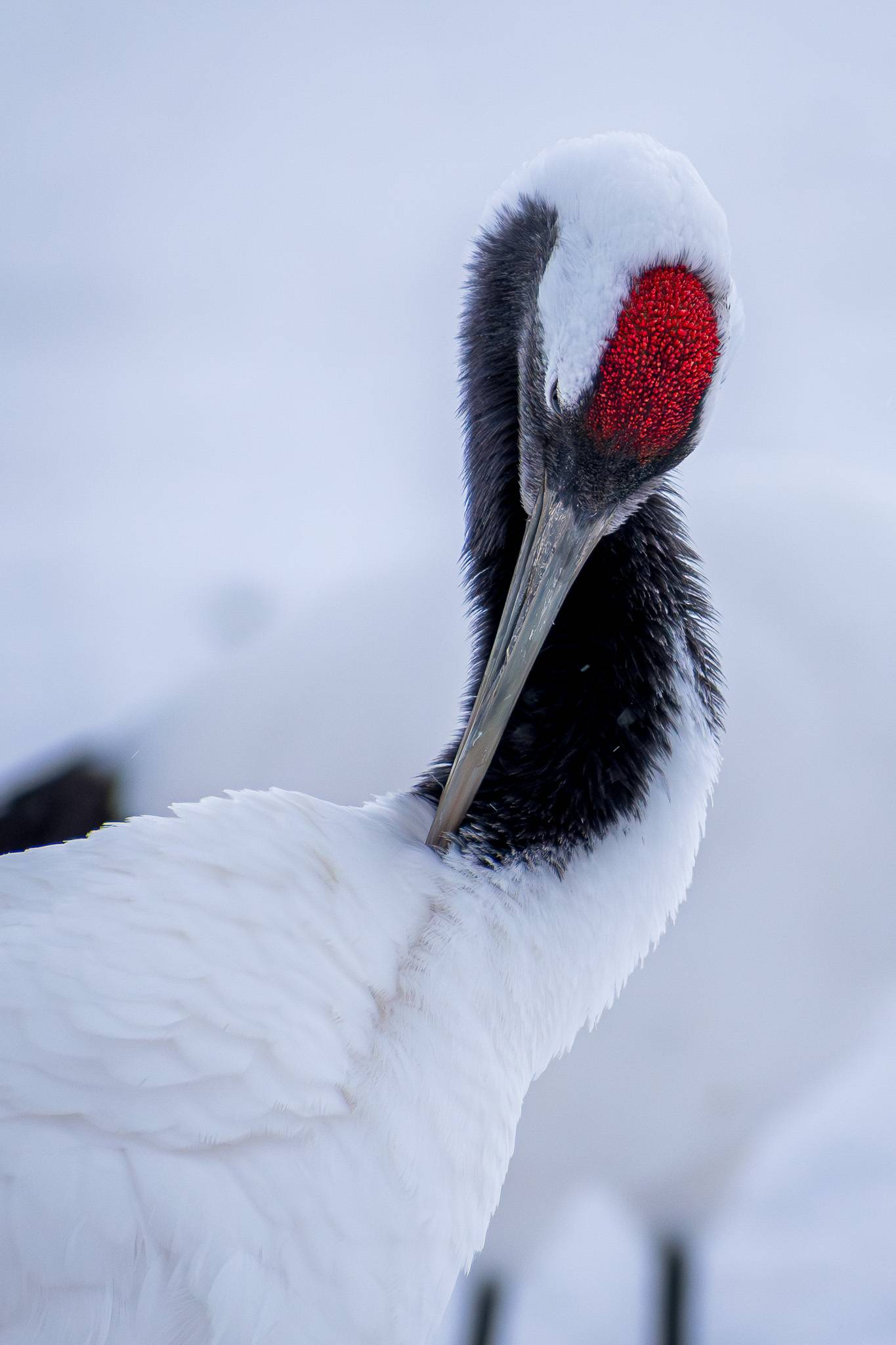
A Red-crowned Crane preening itself in midwinter, Tsurui. I'm told by our keen birding staff that this is a female! 
A minimal snowy landscape. Hokkaido's winter scenery offers the chance to get very creative with your photography, playing with light, shadows and shapes. 
Steller's Sea Eagles are a magnificent winter visitor to Hokkaido and can be photographed from cruises off the coast of Rausu during the drift ice season. 
The winter snows can sometimes create mysterious shapes in the landscape. 
Graceful Whooper Swans at Lake Kussharo are slow-moving, easy subjects - perfect for brushing up on your skills! 
A row of snow-capped fir trees in Hokkaido's deep winter. 
A Steller's Sea Eagle clutches its prize - a tasty fish! 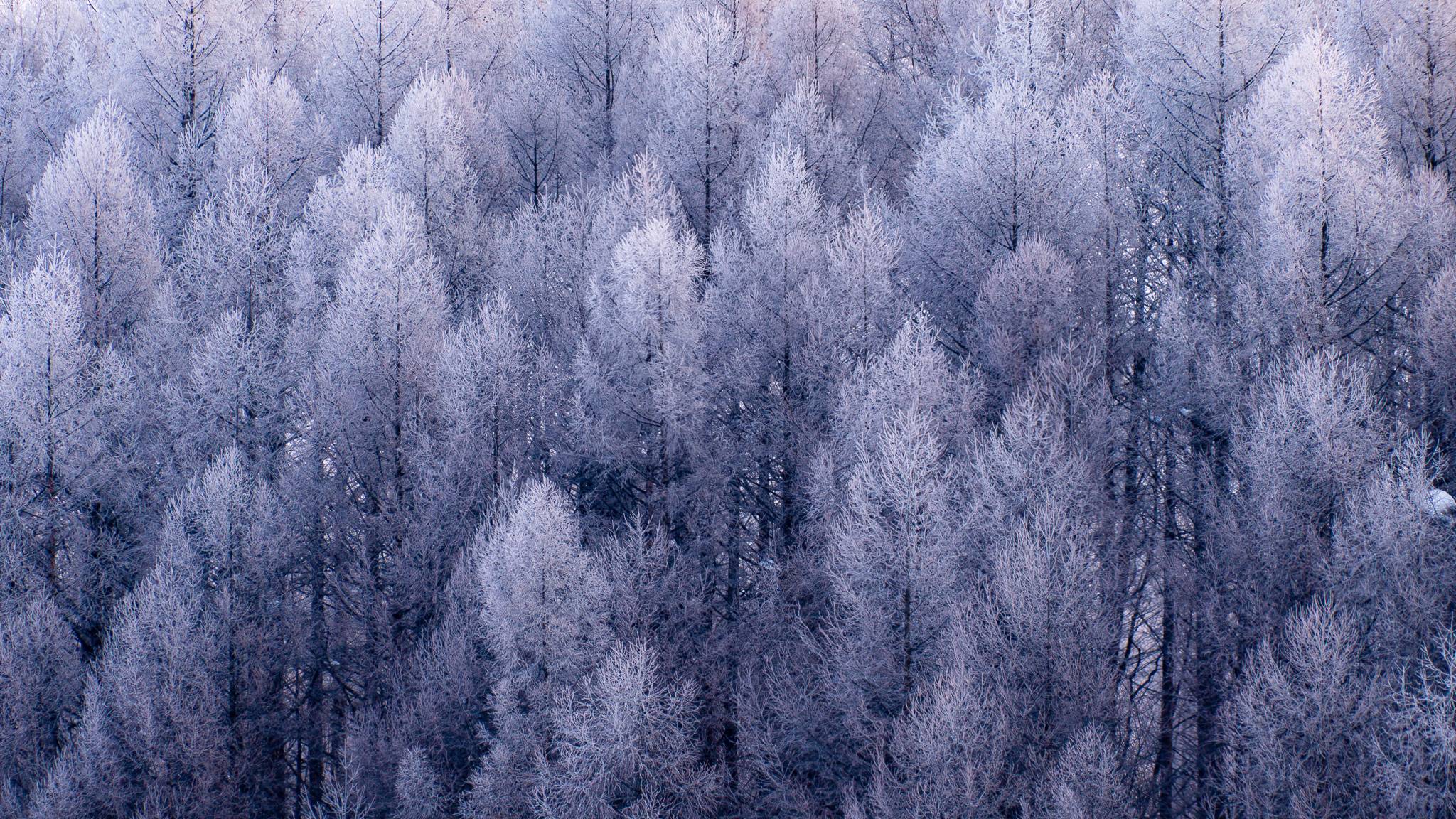
Rime ice is a winter phenomenon you can often see in Hokkaido, coating skeletal trees in diamond-like silver leaves. 
Ural Owls can sometimes be found nesting in tree hollows across Hokkaido. 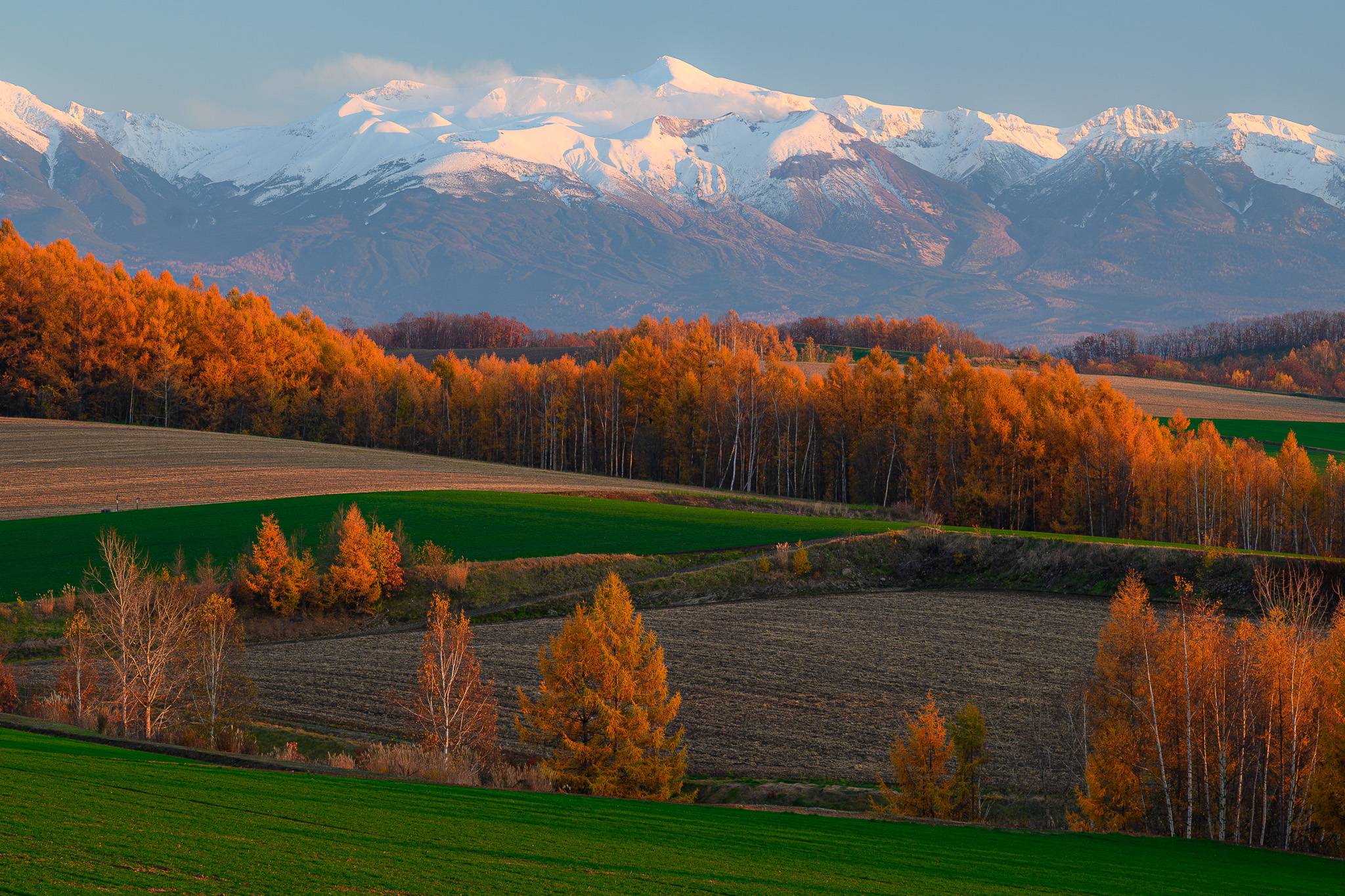
Autumn is an often-overlooked season for photography in Hokkaido but it's my personal favourite! Here are the beautiful larch trees showing off their dazzling autumn shades in Biei, a snow-capped Mt. Tokachi in the background. 
A killer whale, photographed from a wildlife cruise of the coast of Rausu, Shiretoko. 
An agricultural landscape in Biei. 
Two deer in a forest - I think this was at either end of the Shiretoko Pass. And no, I did not need to throw apple slices to get this shot! 
A hay bale on a misty morning in Biei's hills, the mountains of Daisetsuzan in the distance. 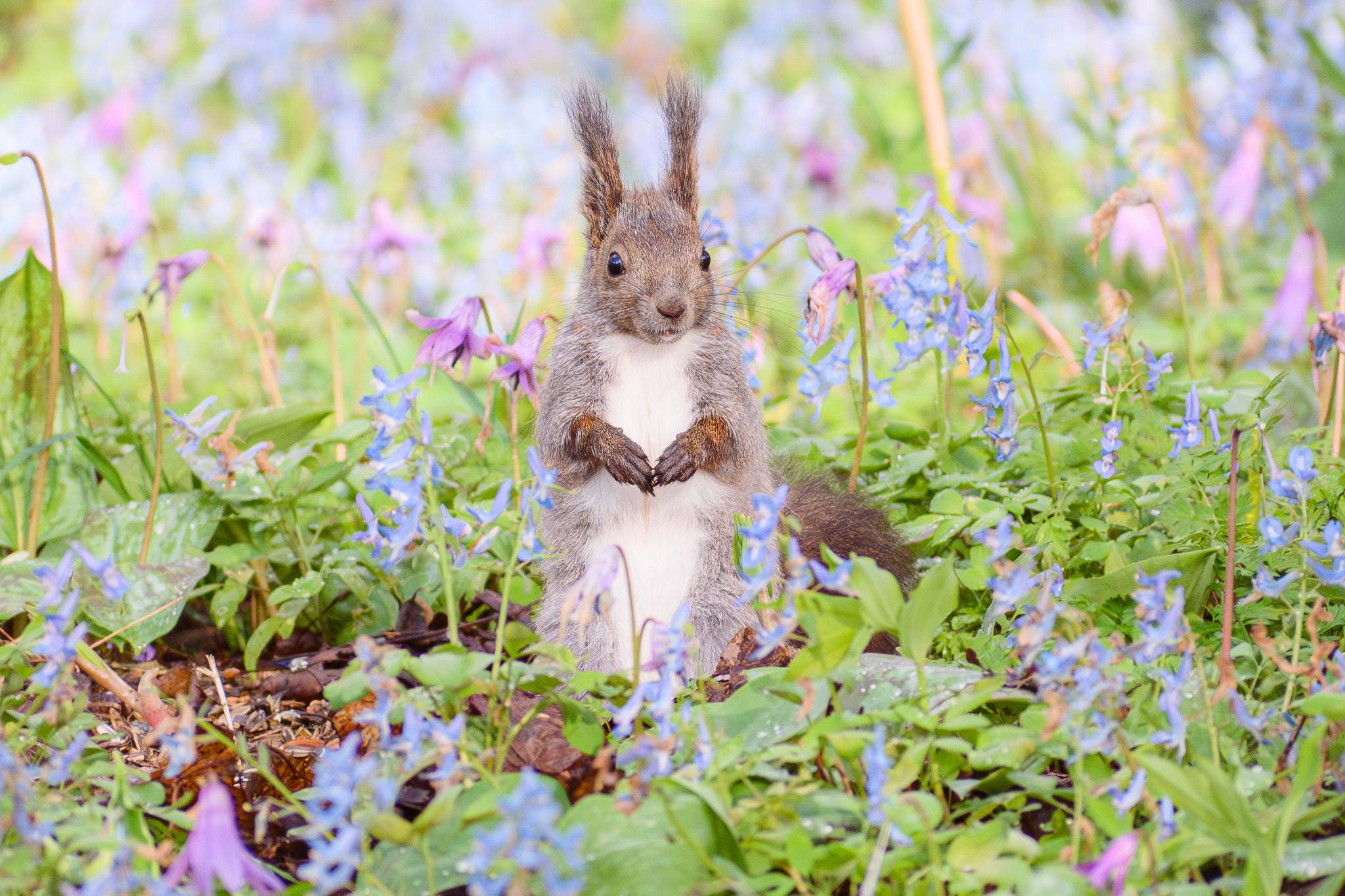
Large animals and birds like bears, foxes, cranes and eagles may be the stars of Hokkaido's wildlife, but don't forget about the adorable little guys too! 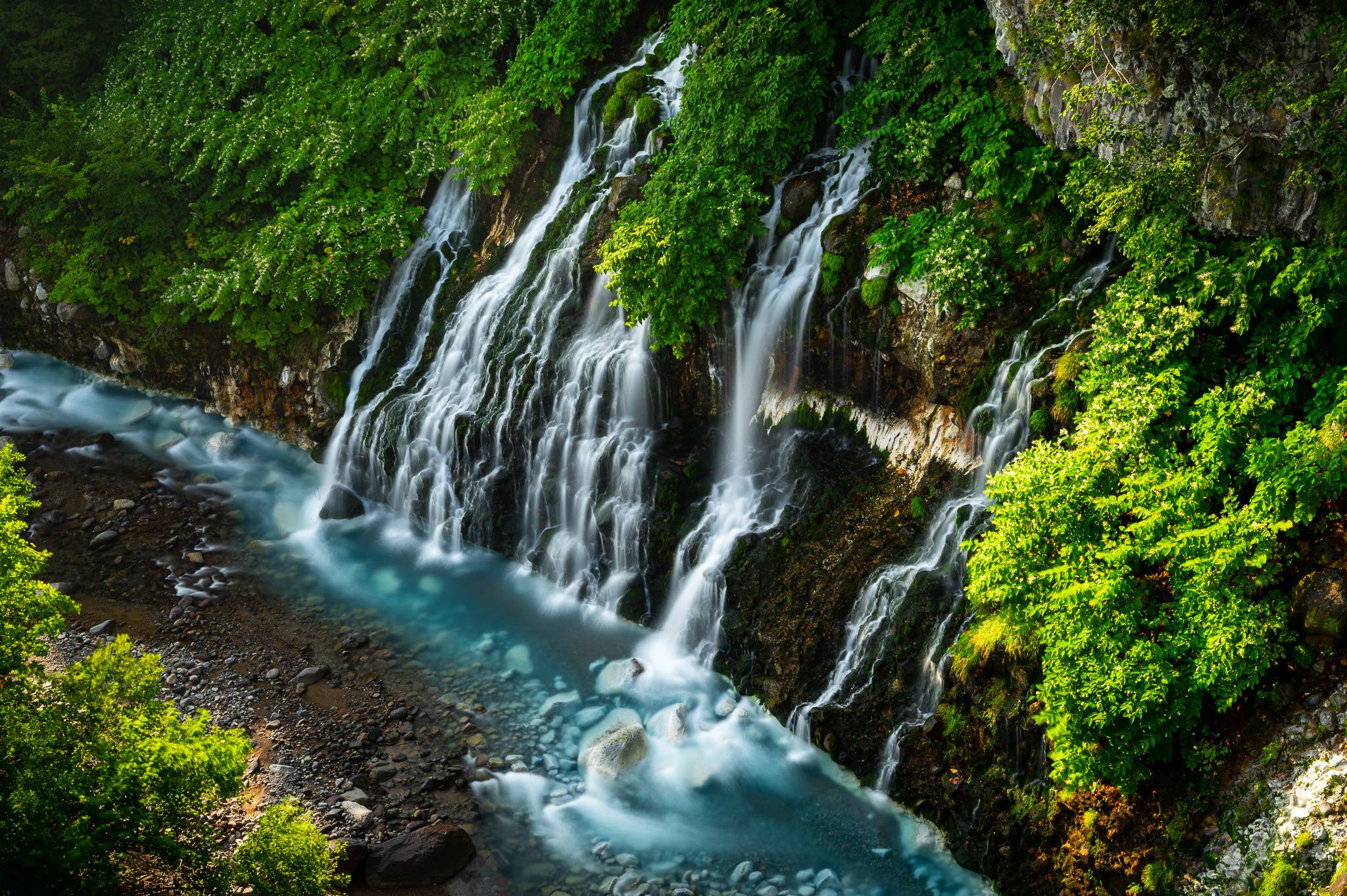
Shirahige Waterfall in Shirogane Onsen. The blue pigment in the river comes from the mixing of hot spring compounds, aluminium and oxygen at the falls. 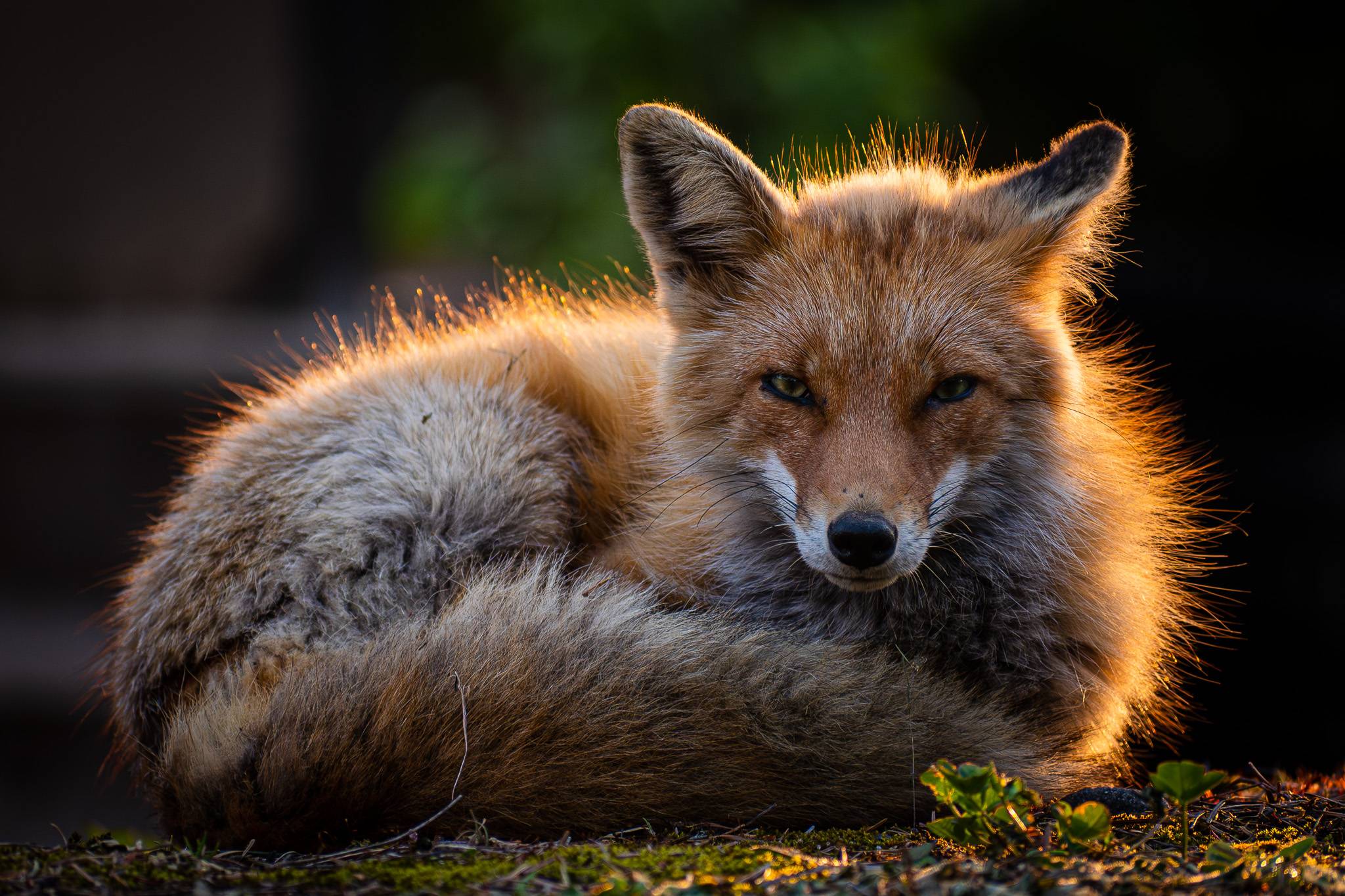
This fox was giving me something of a hostile look - all the more reason to keep my distance! 
If vibrant landscapes are not your thing, Kushiro Shitsugen National Park offers more dramatic landscapes to enjoy!
Ready to start snapping? #
Hopefully this blog has covered everything you need to know before you head to Hokkaido for your photography adventure. If you’re still finding the planning and logistics a bit overwhelming however, we do have a winter wildlife photography tour of our own. You’ll be guided by a knowledgeable, professional Hokkaido-based photographer who will take you to see some of Hokkaido’s most beloved winter creatures. Whether you’re an enthusiastic amateur or a seasoned professional, you’re very welcome to join us!
See you behind the shutter!
Thinking about a photography tour in Hokkaido?
Check out our Winter Wildlife 8 Day Photography Tour and join us for a photography tour to remember.